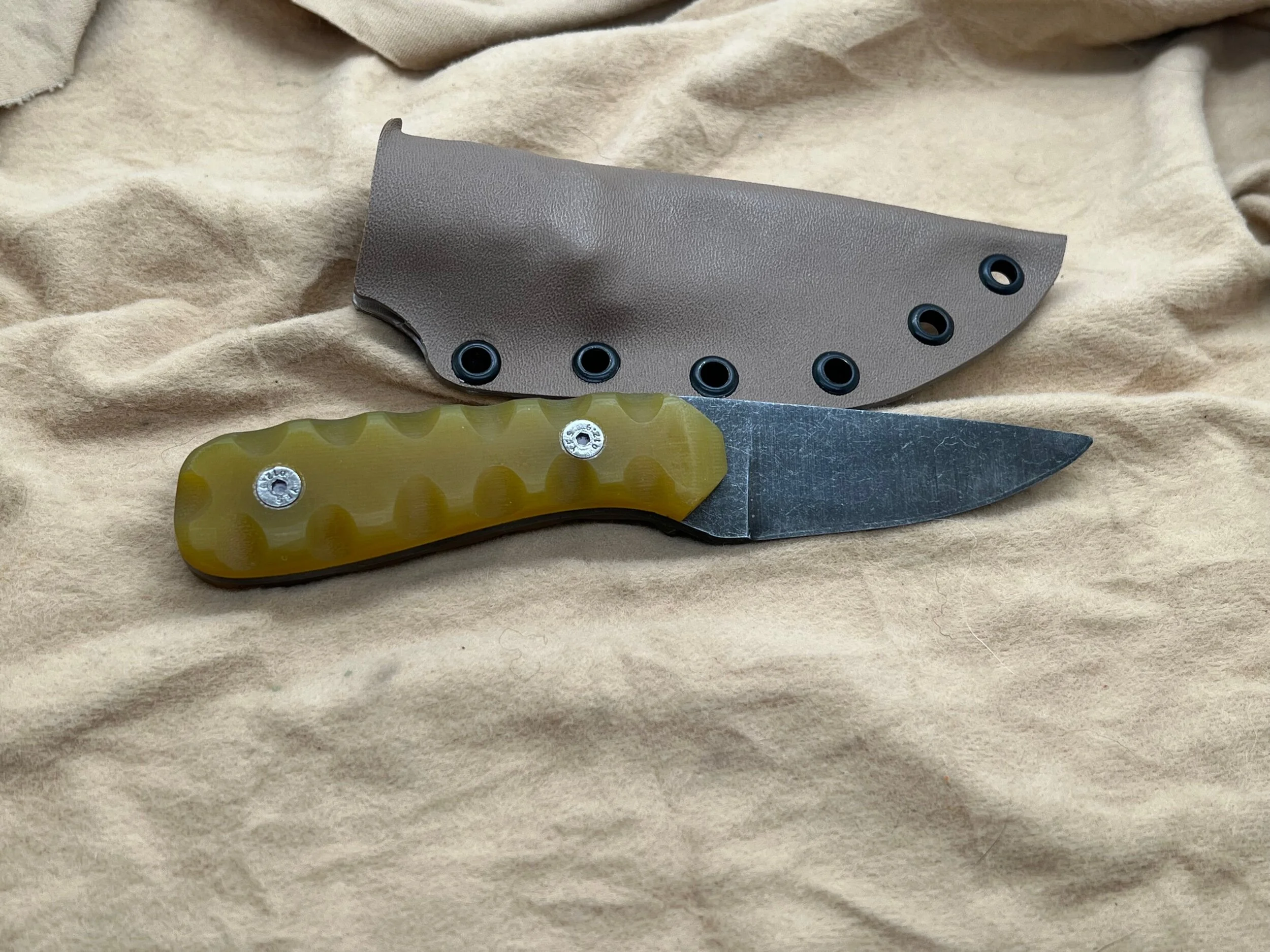Building A Brand
Building a brand!
Building a knife brand involves a combination of craftsmanship, quality materials, and a solid understanding of your target market. Here’s a framework to guide the development of your knife brand:
1. Define Your Brand Identity
Mission Statement: Articulate what you stand for. Focus on values such as quality, craftsmanship, and customer satisfaction.
Unique Selling Proposition (USP): Identify what sets your knives apart from competitors. This could be hand-forged techniques, the use of high-carbon or Damascus steel, or bespoke customization services.
2. Target Market Analysis
Demographics: Determine the age, gender, interests, and income levels of your potential customers.
Psychographics: Understand your audience’s values and lifestyles. Are they outdoor enthusiasts, chefs, or collectors? Tailor your messaging accordingly.
3. Product Development
Materials: Source high-quality materials, such as premium steel and durable handle materials. Consider local or sustainable options.
Design: Create a range of knife designs that are both functional and aesthetically pleasing. Don’t forget ergonomic considerations for comfort and ease of use.
Customization: Offer options for personalized designs, engravings, or specific blade shapes to attract a wider audience.
4. Branding and Design
Logo: Create a recognizable logo that reflects your brand’s identity.
Packaging: Design packaging that protects the product while enhancing the customer experience. A well-crafted box can add perceived value.
Website and Social Media: Develop an online presence that showcases your products, shares your craftsmanship story, and engages with customers.
5. Marketing Strategy
Content Marketing: Share informative content about knife care, usage, and history. This builds authority and trust.
Social Media: Use platforms like Instagram and Pinterest to showcase your knives through high-quality images and videos. Engage with your audience through stories and live demonstrations.
Collaborations: Partner with chefs, outdoor influencers, or knife enthusiasts to reach a broader audience.
6. Sales Channels
Direct to Consumer: Consider selling directly through your website to engage with customers personally.
Retail Partnerships: Explore local shops or markets where your knives can be sold. Create a display that entices customers.
Craft Fairs and Exhibitions: Participate in events to showcase your knives and connect with potential customers face-to-face.
7. Customer Engagement
Feedback and Reviews: Encourage customers to share their experiences and provide feedback, which can guide product improvements.
Loyalty Programs: Develop programs that reward repeat customers, cultivating brand loyalty.
8. Quality Control
Establish strict quality control measures at each stage of production to ensure every knife meets your brand’s standards.
9. Sustainability Practices
Consider incorporating sustainable practices in sourcing materials and packaging to appeal to environmentally conscious consumers.
10. Evolve and Adapt
Stay informed about industry trends and market demands. Be willing to evolve your product offerings and marketing strategies based on customer feedback and market research.
Through careful planning and a commitment to quality, you can successfully establish your knife brand in a competitive market. Emphasizing craftsmanship and customer creativity will not only set your brand apart but cultivate a loyal customer base that appreciates the art of hand-forged goods.
The Paleo is one of our signature EDC knives. It is ment to be a rough, tough and built to last knife.
Blade Steel: 8670 Carbon Steel
Blade Finish: Stone Wash
Handle Material: G10 Micarta
Pins: Bolt Rivets
Sheath: Kydex

